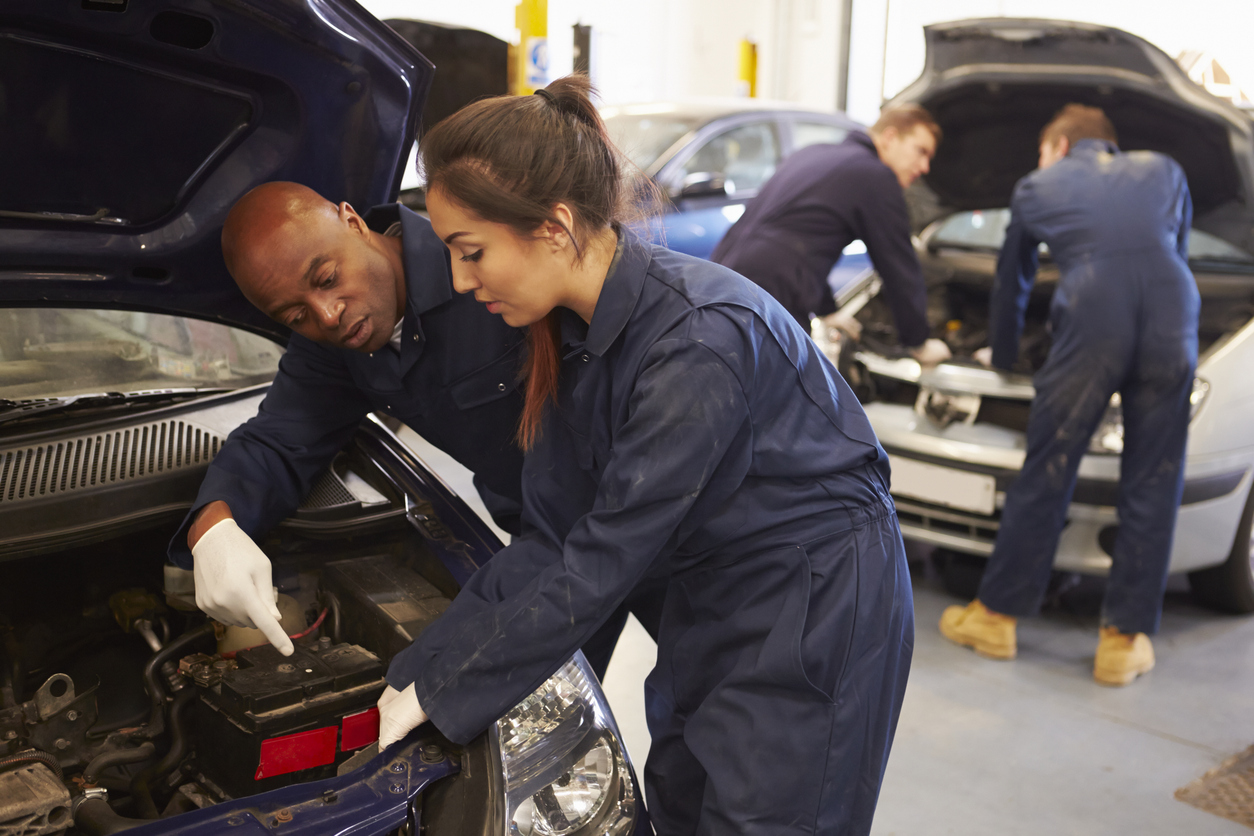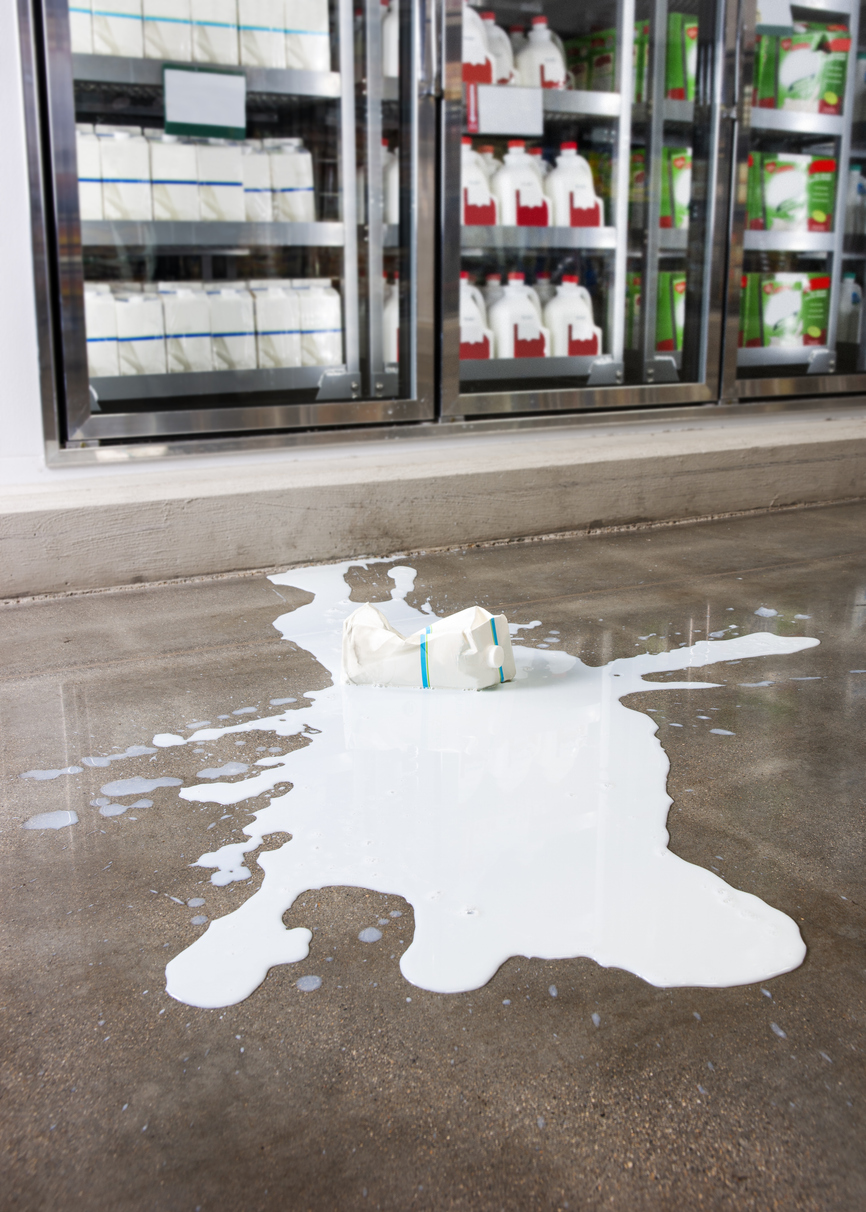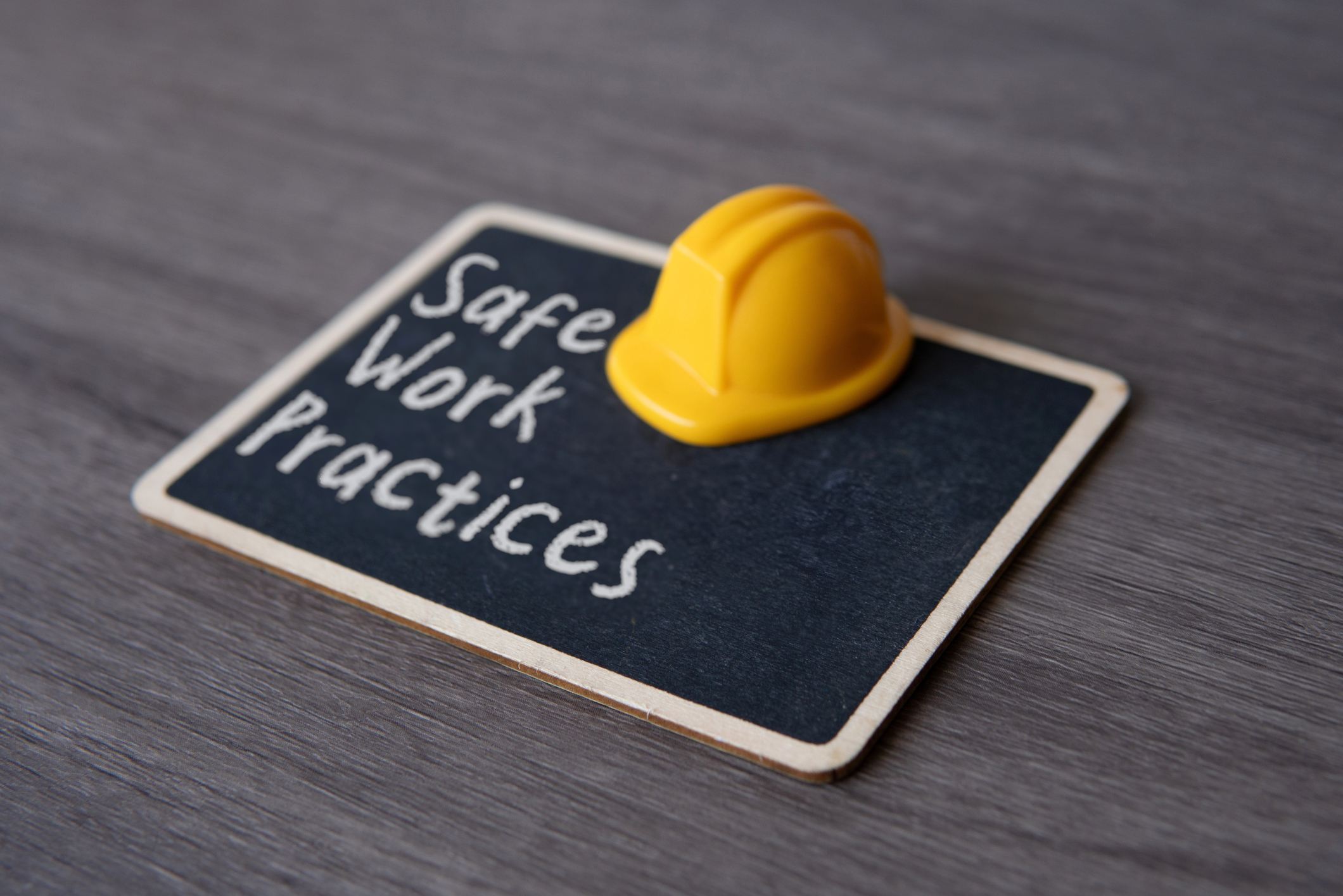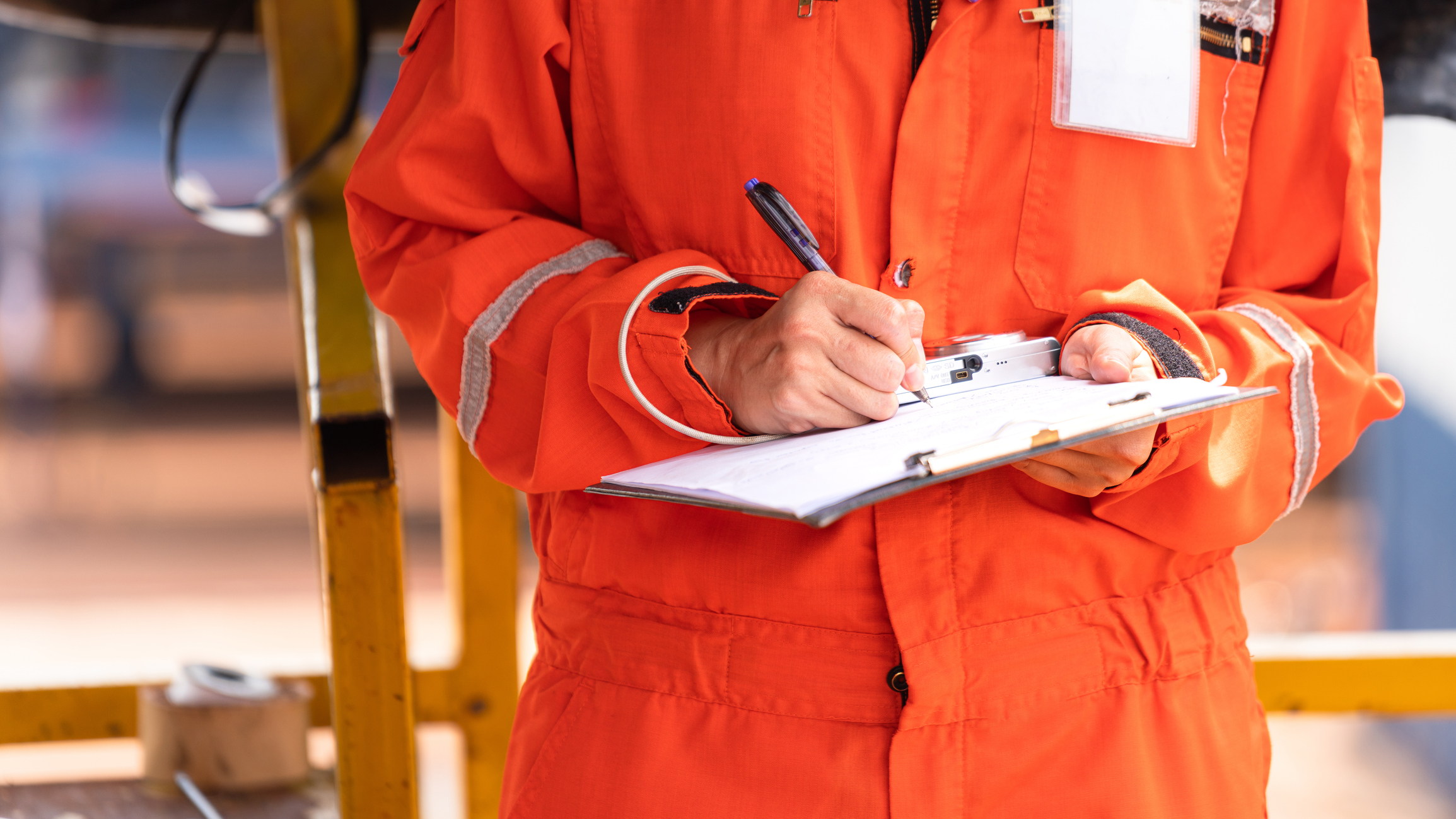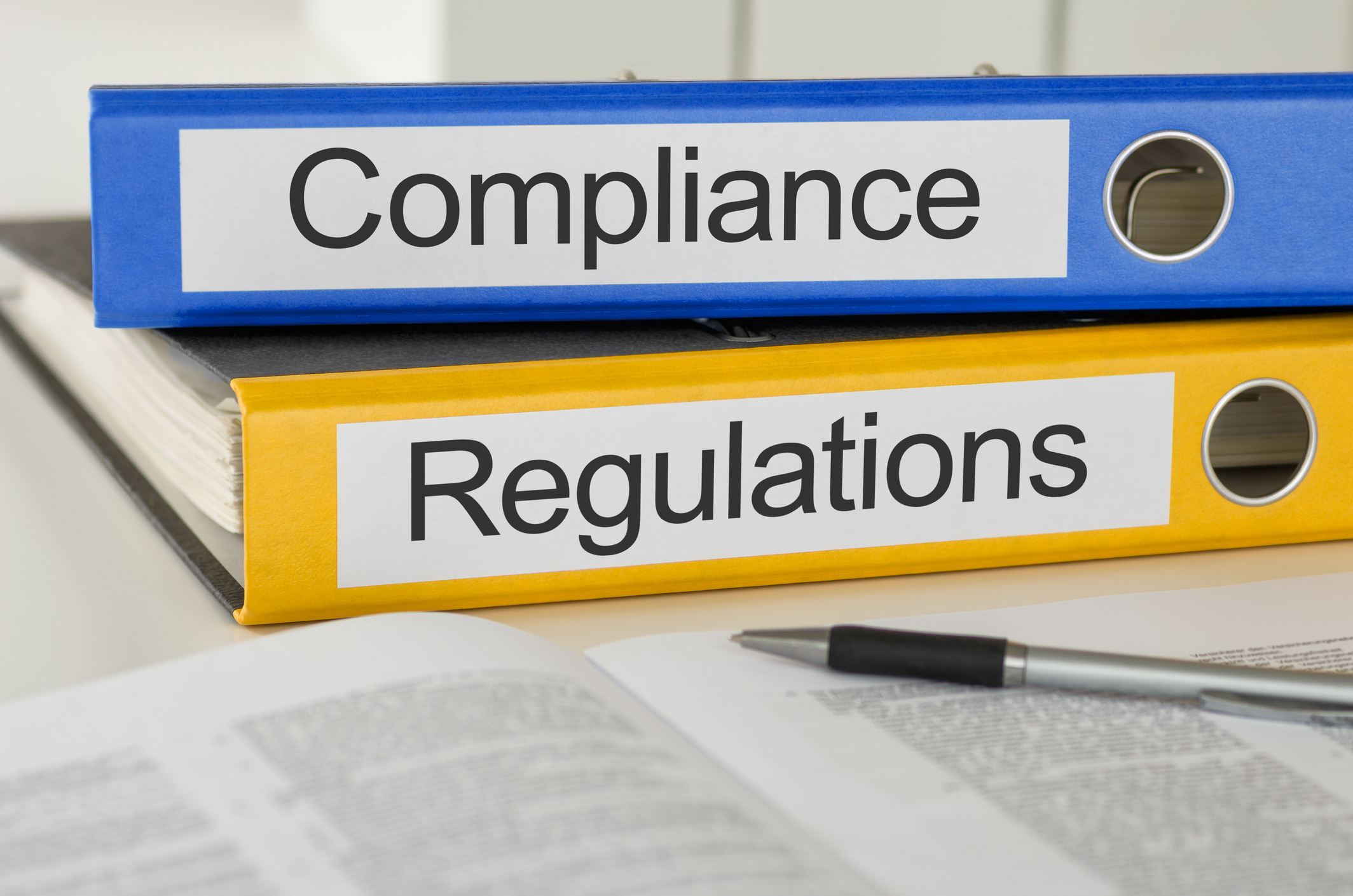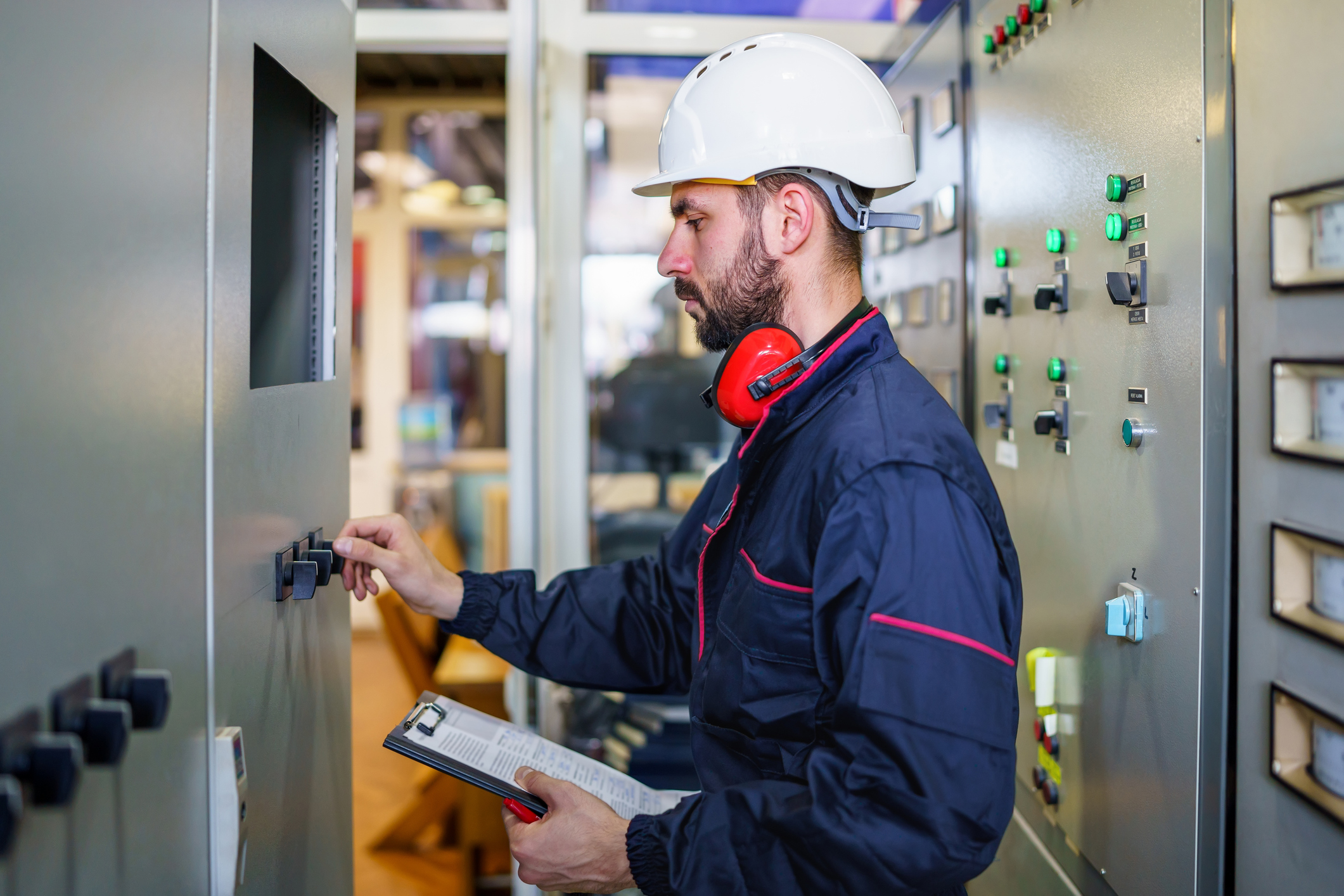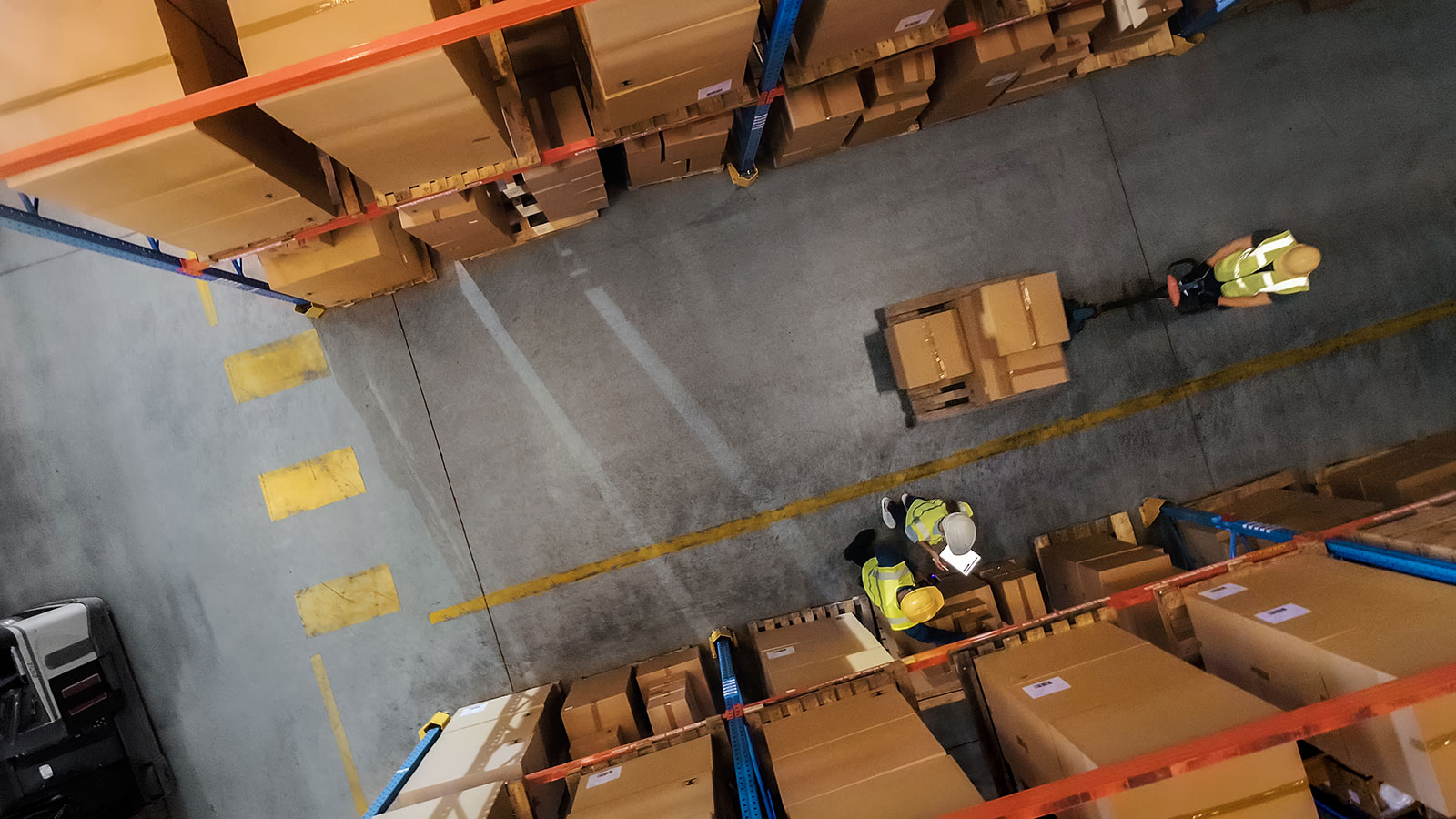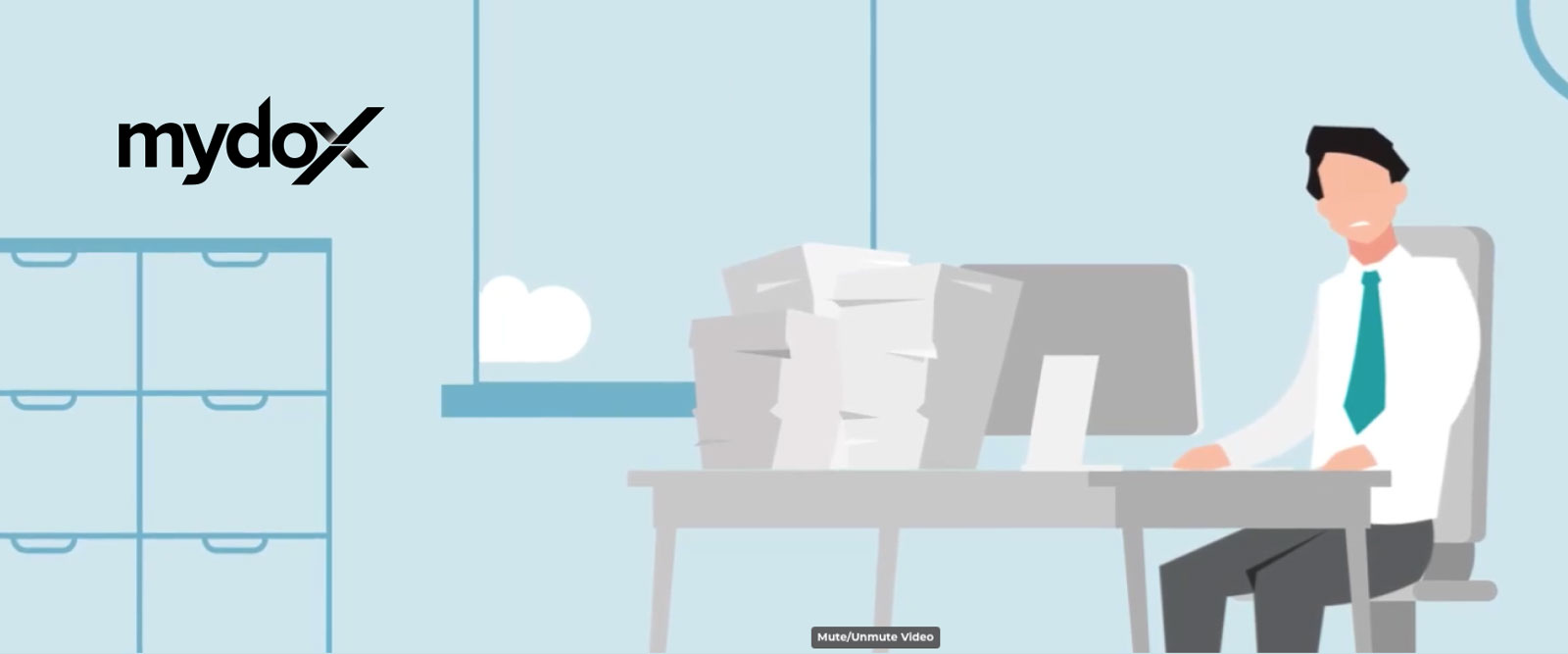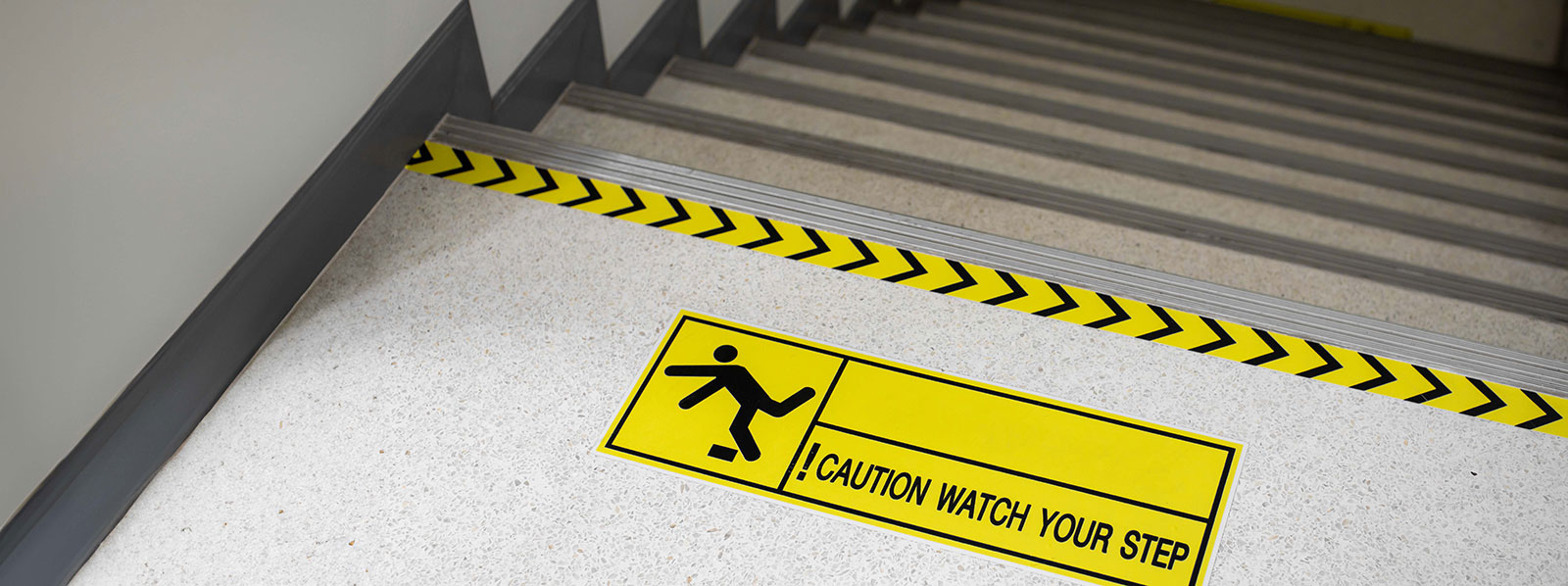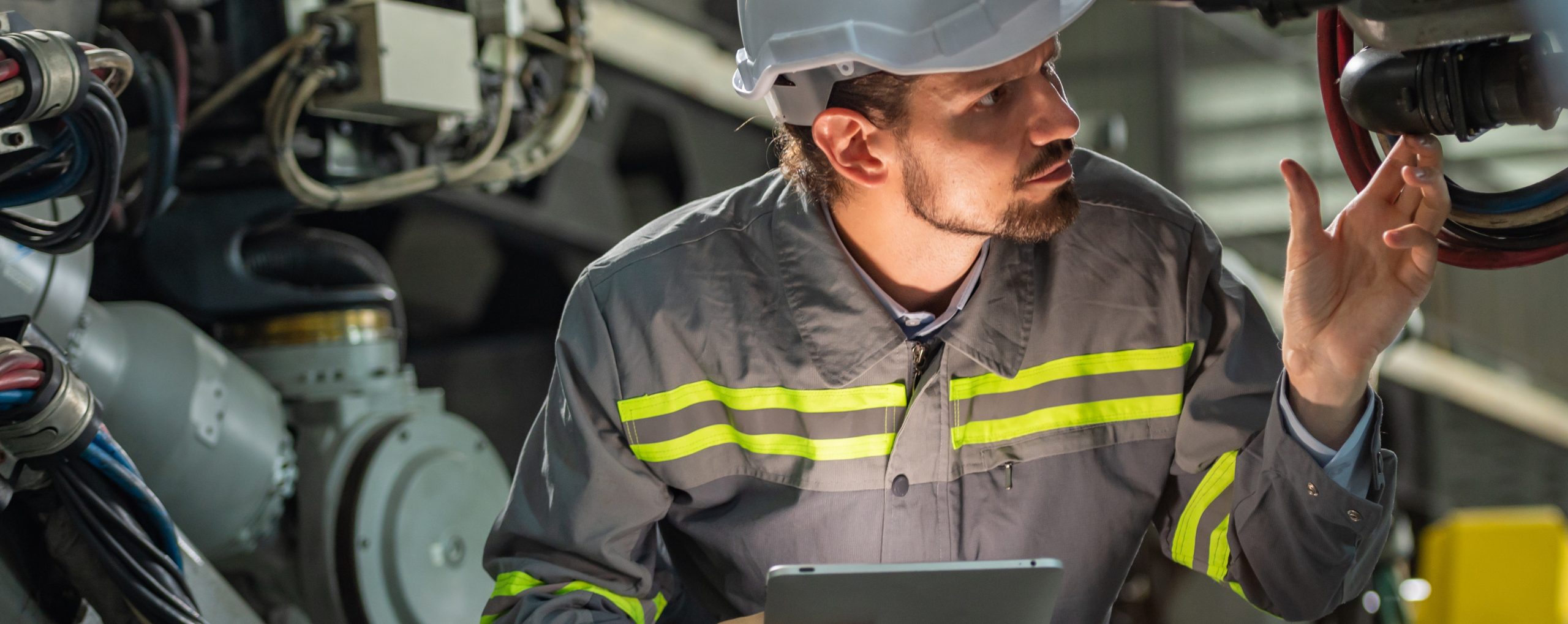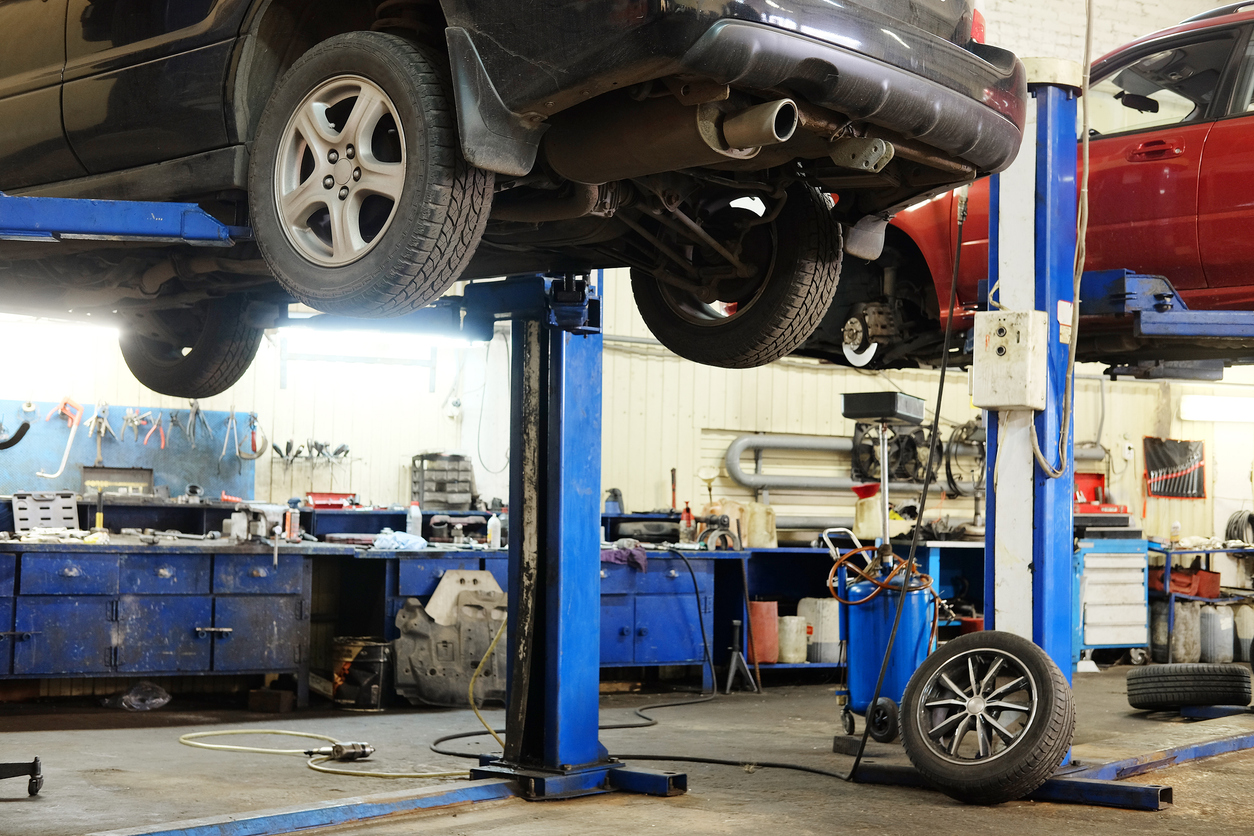
In every automotive workshop, the vehicle hoist is one of the most used (and most trusted) pieces of equipment. But it’s also one of the biggest safety risks if it’s not inspected properly.
Even a small fault like a leaking hose or missing guard can cause major injuries or equipment failure. That’s why daily pre-start inspections and regular maintenance aren’t just good practice, they’re a legal and safety requirement under Australian Standards.
What the Standard Says
The key standard for vehicle hoists — AS/NZS 2550.9:1996 — sets out how often hoists should be inspected and what needs to be checked.
There are four levels of inspection:
- Pre-operational inspection –A prestart before first use each shift.
- Routine maintenance inspection – carried out according to the manufacturer’s schedule.
- Annual inspection – a full documented check.
- Major inspection – a deeper assessment to make sure the hoist is still safe to use.
Before every shift, the hoist operator (or another competent person) must carry out a visual and functional test to make sure everything’s working properly.
That includes:
- Operating controls and emergency stops
- The structure and safety devices
- Air or hydraulic leaks
- Loose or missing parts
- Warning signs, decals, and operating manuals
- Guarding and access areas
If there’s a fault, it must be fixed before the hoist is used.
Why This Matters
The WorkSafe WA Safety Alert on Vehicle Hoist Service and Maintenance reinforces the same message found in the Australian Standard — that hoists must be checked and maintained regularly to stay safe for use.
“Hoists must be inspected before use each day by the operator, and inspection and maintenance records must be kept.”
— WorkSafe WA Safety Alert
In short — every lift, every day.
Skipping a pre-start check isn’t just unsafe; it can also breach WHS duties to maintain equipment in safe working order.
What Happens If You Don’t?
Regulators are keeping a close eye on hoist safety in the automotive industry.
In a SafeWork SA inspection campaign, inspectors visited 72 automotive workshops and issued 315 compliance notices, including 19 prohibition notices — many for hoists that hadn’t been serviced, maintained, or checked before use.
And it’s not just South Australia. During a WorkSafe WA inspection program, more than 1,300 notices were issued in the motor-vehicle repair sector for hoist-related safety breaches and poor maintenance practices.
These inspections show a clear pattern — regulators expect hoist inspections, servicing, and pre-start checks to be completed and documented. Failing to do so can lead to improvement or prohibition notices, and serious fines if an incident occurs.
How to Stay Ahead
Keeping your hoists safe doesn’t need to be complicated. You just need to:
- Do pre-start checks before every shift
- Keep a record of inspections and maintenance
- Fix problems as soon as they’re found
- Use a system that makes it easy to track everything
Where Mydox Helps
That’s where Mydox makes life easier.
It lets workshops complete hoist pre-start checklists, log faults, and store inspection records — all in one place.
Supervisors can see what’s been done and follow up on issues quickly, without chasing paperwork.The result is a safer workshop, less admin, and full compliance with AS/NZS 2550.9:1996.
In Summary
Vehicle hoist checks aren’t just a formality — they’re essential for safety and compliance.
Doing them daily keeps your people safe, your business compliant, and your equipment reliable.
With the right system, it’s simple to stay on top of every check.
Free Hoist Pre-Start Checklist
Want to make sure your hoists are safe and up to standard?
Complete the form and we’ll send you our free Vehicle Hoist Pre-Start Checklist, based on the Australian Standard AS/NZS 2550.9:1996.
You can also reach out via our Contact Us page to request a copy or learn how to digitise your inspections with Mydox.
